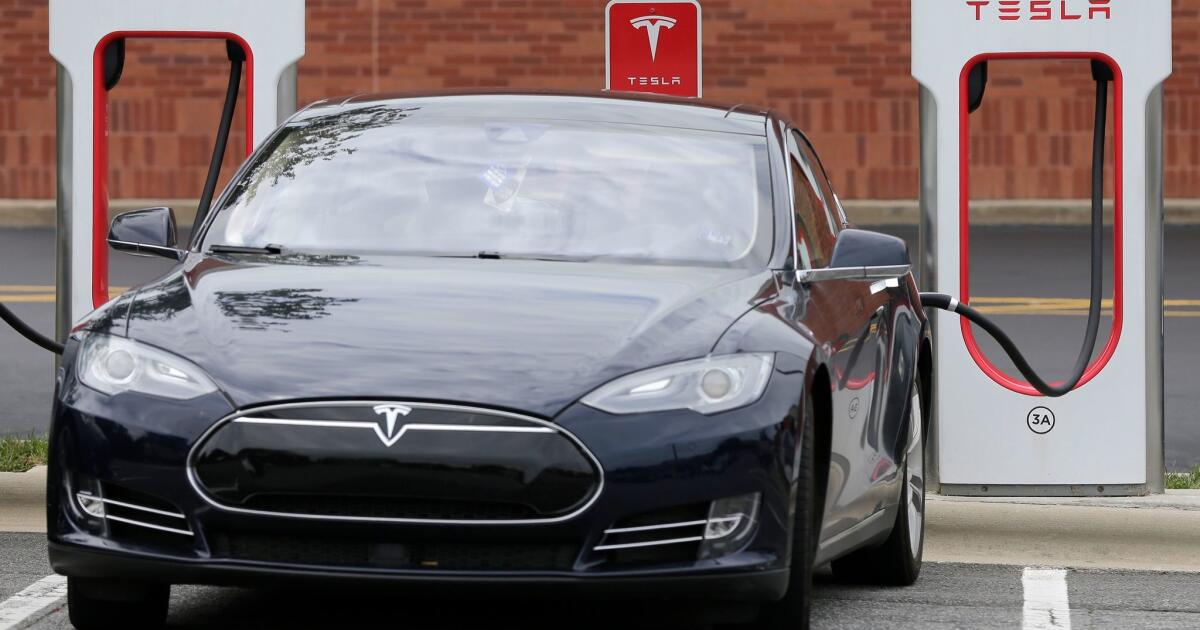Time to do some quick math:
A Tesla 4.8KW solar array with 2 PW after incentives: $21,000
Production of said solar array over 20 years: 4.8 x 1500 KWh/year/KW x 20 years = 144,000 KWh
Cost per KWh over 20 years : ~$0.15/KWh (yes, I don't take into account the time value of money or any repair that may occur)
Total monthly fees over 20 years: $8 x 4.8 x 20 x 12= $9,216 (and that fee will go up....)
Total fixed per KWh over 20 years: 9,216/144000 = ~$0.06
So, the above system will cost the homeowner $0.21 per KWh. If owner can basically self consume the entire production over 20 years, the saving will be $0.04c per KWh (again quick and dirty, because PG&E will raise prices over time). If owner sends back a third of their production, cost will be: (0.25 - 0.21) x 2/3 - (0.21 - 0.05) x 1/3 = -$0.01 / KWh. So, now total cost per KWh will $0.22/KWh.
Please feel free to play with my math and assumptions above, but it seems to me that solar + batteries is just not worth it under NEM3. Results would be better with a larger array, but clearly the ROI won't be there. Results may not be that much better with pure solar since the ability to consume your own production is much lower. Either way, I don't know why anybody would sign up for NEM3 unless they're forced into it by the solar requirement on new houses. IOUs win.
Plugging in my situation to your scenario
11 kW PV with 3 PW after incentives: 47,500
Production: 11 x 1500 kWh/year/kW x20 = 330,000 kWh
(BTW, in 2021 my PV system underperformed this calculation by 2k kWh and in 2022 we are still about 1500 kWh under))
Cost per kWh over 20 years: ~$0.14/kWh
Total monthly fees over 20 years: $8x11x20x12 = $21,120
Total fixed per kWh over 20 years: 21,120/330,000 = $0.064
Cost per kWh = $0.204
If ESS is included in the calculation:
11 kW PV with 3 PW after incentives: 47,500
Production: 11 x 1500 kWh/year/kW x20 = 330,000 kWh
Cost per kWh over 20 years: ~$0.14/kWh
Total monthly fees over 20 years: $8x26x20x12 = $49,920
Total fixed per kWh over 20 years: $49,920/330,000 = $0.151
Cost per kWh = $0.291



